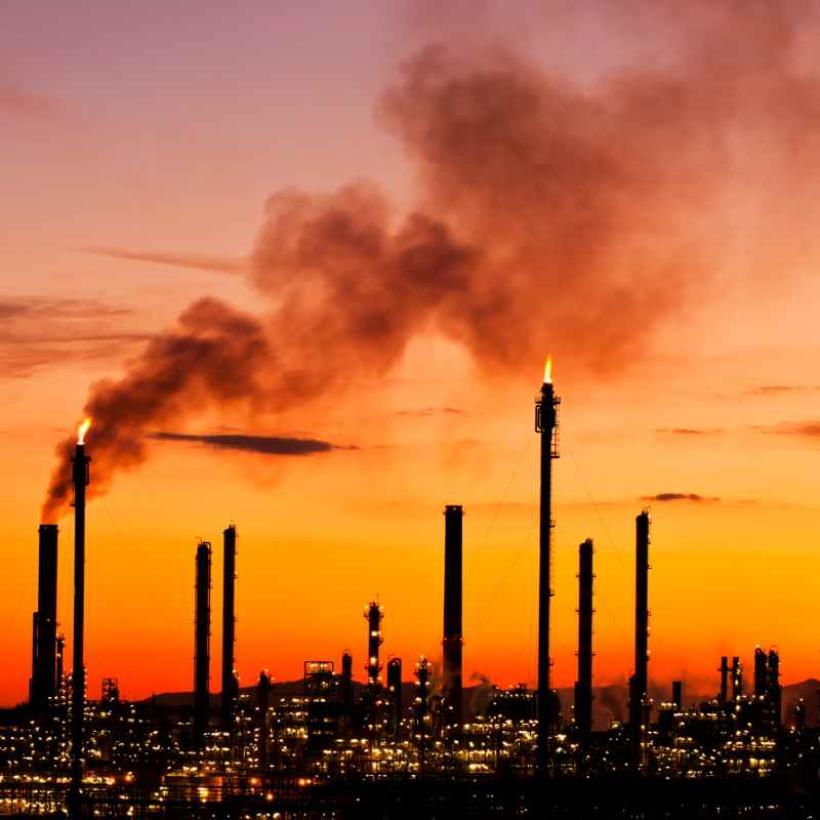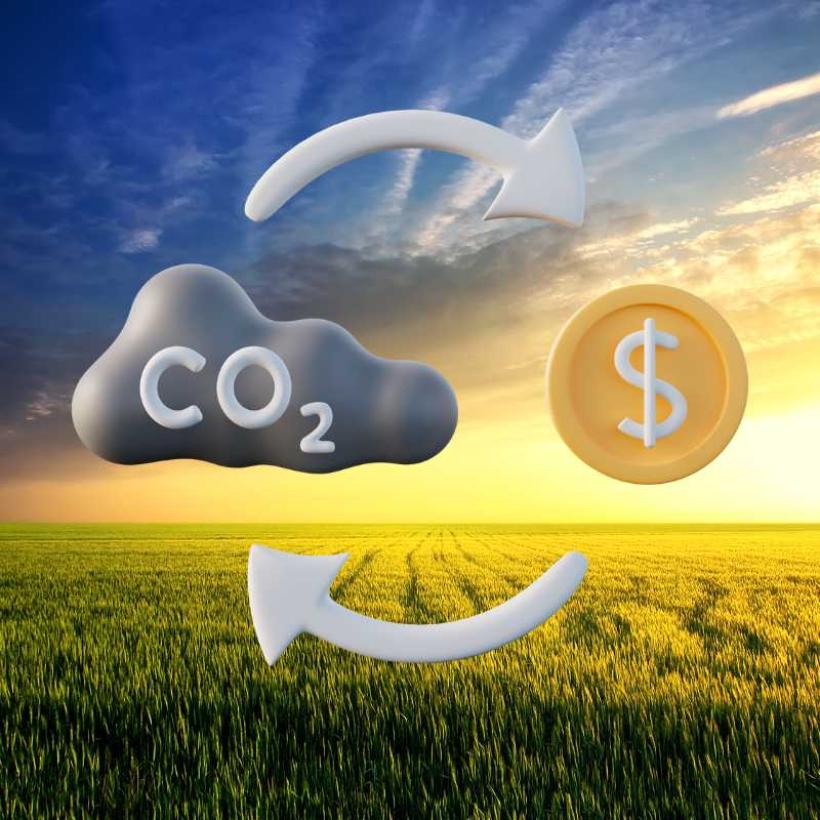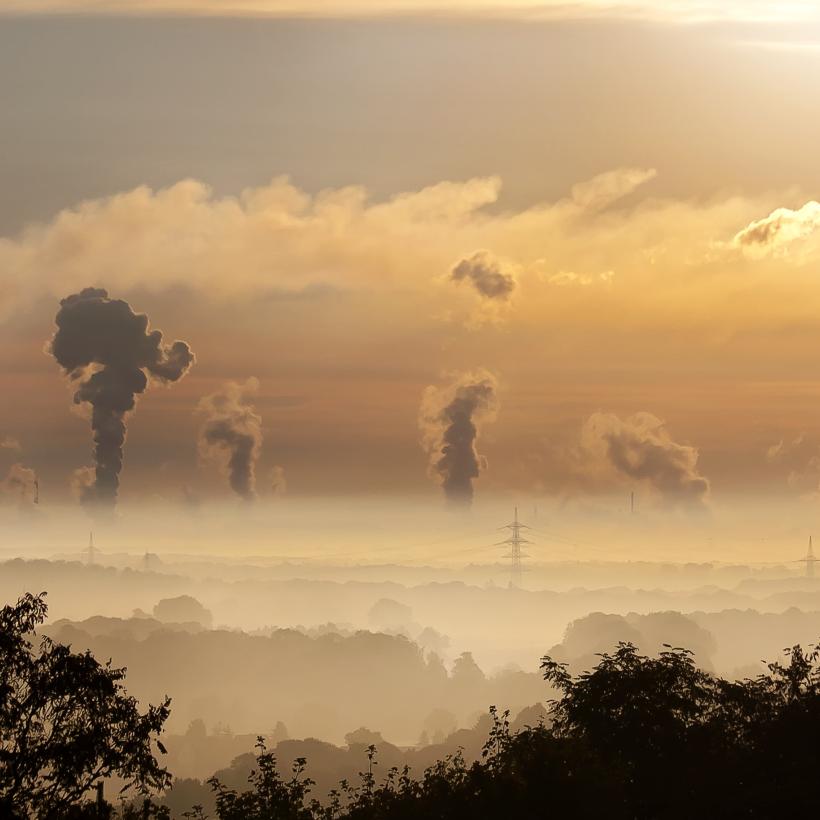
Do risco climático ao desenvolvimento resiliente às alterações climáticas.
A realidade do risco climático e seus impactos são evidentes. Precisamos caminhar com celeridade para o desenvolvimento resiliente às alterações climáticas. O relatório "IPCC Policymakers" estabelece quais são as principais frentes para pavimentar essa estrada para um futuro mais sustentável.
No dia 07 de novembro começa a COP-27, no Egito. Muita expectativa sobre os temas que serão abordados e sobre o status das ações de controle, adaptação e mitigação do aquecimento global. De fato, nos últimos tempos, em função principalmente da pandemia COVID-19 e mais recentemente a guerra entre Rússia e Ucrânia, pautas relacionadas ao aquecimento global podem ter ficado um pouco em segundo plano. A COP-27 tem a missão de retomar o foco, já que é uma pauta extremamente urgente e, principalmente, se considerarmos que o volume de emissões de GEE globais continuam em crescimento.
Sexto relatório de avaliação do IPCC para Mudanças Climáticas 2022.
O sexto relatório de avaliação IPCC - Painel Intergovernamental sobre Mudanças Climáticas tem a contribuição dos Grupos de Trabalho I, II e III - grupos de cientistas instituídos pelas Nações Unidas para monitorar e assessorar toda a ciência global relacionada às mudanças climáticas. O Sexto Relatório de Avaliação do IPCC, com contribuição do Grupo de Trabalho II, avalia os impactos das mudanças climáticas, analisando os ecossistemas, a biodiversidade e as comunidades humanas nos níveis global e também regional. Também analisa as vulnerabilidades e as capacidades e limites do mundo natural e das sociedades humanas para se adaptar às mudanças climáticas.
Quais são os Grupos de Trabalho que contribuem com os relatórios IPCC?
São três os Grupos de Trabalhos que auxiliam na elaboração dos relatórios do IPCC. O “Grupo de Trabalho I” (https://www.ipcc.ch/working-
O IPCC também possui uma Força-Tarefa sobre Inventários Nacionais de Gases de Efeito Estufa, cujo principal objetivo é desenvolver e refinar a metodologia para o cálculo e relatório de emissões e remoções nacionais de gases de efeito estufa.
Os principais pilares estabelecidos pelo Grupo II - relatório IPCC AR6 WG2 - Summary Policymakers.
Os níveis médios de emissão de GEE no período entre 2010 e 2019 foram os maiores já registrados se comparados com outras décadas. Muito embora a taxa de crescimento tenha sido menor do que entre os anos de 2000 e 2009, os níveis globais de emissão continuam aumentando. Este fato mostra como será difícil o enfrentamento às mudanças climáticas e a grande responsabilidade dos governos em tomar medidas práticas no curto prazo.
E neste sentido o relatório desenvolvido pelo Grupo II traz os eixos prioritários a serem atacados pelos governos para a criação e implementação de políticas que fomentem um ambiente para que ações de controle e mitigação das emissões de GEE sejam potencializadas.
Governança - a importância do papel das lideranças estarem comprometidas com a pauta de “mudança climática” e tomarem atitudes efetivas para fomentar um macroambiente favorável para implementação de políticas que ajudem a viabilizar as ações que devem ser tomadas por entes públicos e/ou privados e sociedade civil.
Recursos Financeiros - investimento alinhado com o desenvolvimento resiliente ao clima. A capacidade de realização é muito prejudicada, em todos os níveis, quando os recursos que financiam as atividades de planejamento, desenvolvimento e implementação de ações voltadas para o controle, adaptação e mitigação das emissões de GEE são escassos. Recursos financeiros precisam estar acessíveis e facilmente disponíveis para que se tenha condições de impulsionar as ações voltadas para o controle das mudanças climáticas.
Conhecimento e capacitação - a geração e a multiplicação do conhecimento também são fundamentais para a transição verde. É preciso subsidiar com informações precisas aqueles que terão a responsabilidade de guiar suas comunidades. A valorização da ciência e o estímulo à produção científica, a formação de profissionais capazes de transmitir este conhecimento são fundamentais para o sucesso nesta jornada.
Condições catalisadoras - é preciso que o macroambiente esteja alinhado, com o mesmo objetivo. Os esforços em torno da busca pela redução das emissões de GEE no planeta somente serão exitosos se os pilares que criam um ambiente saudável para o desenvolvimento de soluções estiverem bem alicerçados cientificamente, com acordos e metas bem alinhadas e com objetivos muito bem definidos.
Tecnologia - o desenvolvimento tecnológico é talvez o ponto de convergência de todos os pilares elencados pelo Grupo de Trabalho II. A tecnologia será, com certeza, o facilitador para esta transição - do risco climático ao desenvolvimento resiliente às alterações climáticas. Investir, apoiar e criar oportunidades para que setores públicos e privados possam desenvolver tecnologia que deem apoio a esta transição é fundamental para a redução das emissões de GEE e para que tenhamos segurança num futuro sustentável.
Quer saber mais, vem com a MyCarbon.















